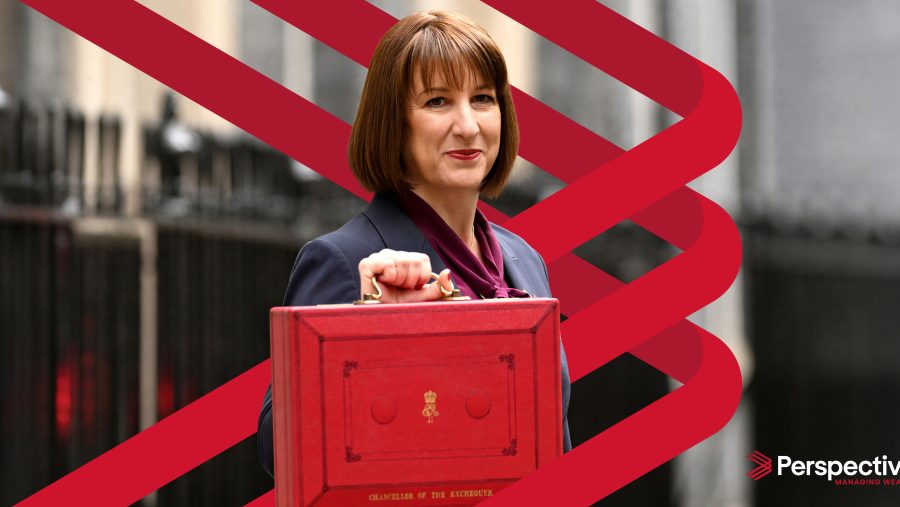Published
7th September 2020
Categories
General News
Share
Market dynamic of a K-shaped recovery
Markets’ summer holidays are over. Throughout August, risk assets made some impressive gains, while the
global economy remained in its deepest ever recession. After equities were then catapulted to eye-watering
valuation levels, the end of last week saw a sharp reversal. Last Thursday, the US’ S&P 500 – which soared
past its pre-pandemic highs in August’s rally – saw its biggest sell-off since June. Apple, which made history
a few weeks ago by becoming the first company valued over $2tn, lost $219bn in midweek trading alone.
Inflation now a ‘Made in China’ product
We are in a new era for central bankers. Last week, US and global monetary policymakers convened for
their annual Jackson Hole conference, headlined by a speech from US Federal Reserve (Fed) Chair Jerome
Powell. But Powell’s keynote address was noticeably different from previous years – and not just because
neither speaker nor audience were actually in Jackson Hole. In a break from past policy, the Fed will do
away with its strict target of 2% annual inflation and instead move to an average target – allowing more
flexibility. US inflation will now be allowed to move above its 2% bound in the short-term, to compensate
for the stubbornly low price growth we have seen for years. This means, in effect, that monetary policy
will stay easy for the foreseeable future.
August gets technical
Despite the sharp sell-off we saw into the end of last week, capital markets overall have cruised through
the summer. The US stock market soared past its pre-pandemic highs, powered by America’s mega-cap
tech giants, while others (with the exception of Japan) saw more muted price action. With traders and the
investing public away in the sun, August is usually a quiet month in terms of trading volumes. This can either
lead to a spike in volatility – as buyers leave for the holiday – or it can smooth things over and calm the
waters in markets. This time around, thankfully, it was the latter: Both implicit and explicit market volatility
declined through the month – until last week’s sell-off, that is.


